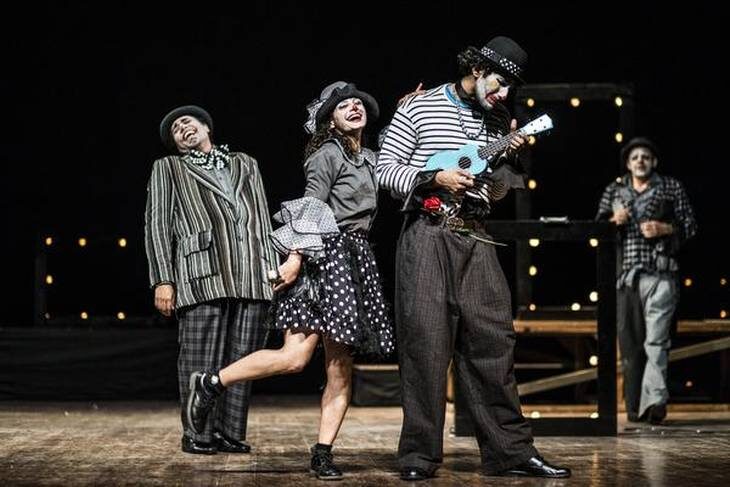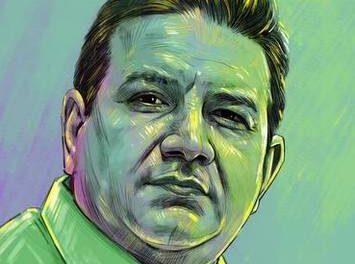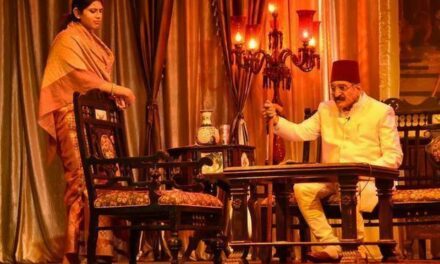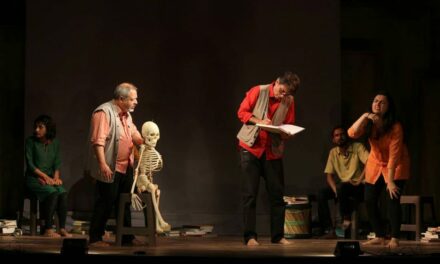Actor Shernaz Patel speaks about supervising the transition of theatre to benefit an online audience at Aadyam, and what this shift means to the art form’s future
Shernaz Patel holds on to the memory of the last time she set foot on stage, in early March this year in Australia, to perform The Siddhus of Upper Juhu. The world had yet to wake up to the brutality of COVID-19 at that point, and now, more than six months after theatres shut down due to lockdown, she reminisces: “I miss the smell of theatre.”
The veteran actor, who made her theatre debut with The Diary of Anne Frank in 1984, is now set to curate the first-ever digital edition of Aadyam, the theatre wing of Aditya Birla group. As the group’s artistic director, Shernaz is helming the efforts to bring stage to screen by presenting three rehearsed and recorded plays in November for a worldwide audience.
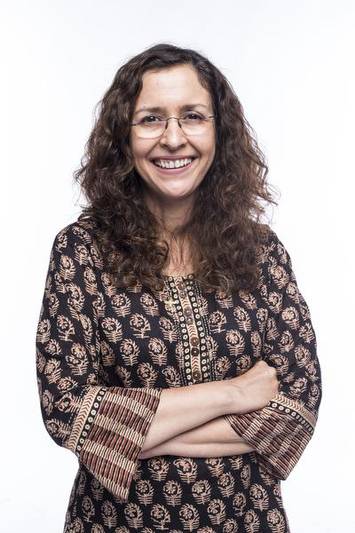
Shernaz Patel. PC: Neville Sukhia.
“It’s the first time Aadyam is going digital,” says Shernaz, adding, “We are not doing any new plays. We have chosen three plays that have already been performed under Aadyam to be shot and put online.”
Under normal circumstances, she would have been sifting through proposals to shortlist plays for performance. This year, although a shortlist was prepared, the plays could not be realized. Shernaz insists that unlike performing via Zoom, Aadyam’s focus remains on rehearsing and shooting the plays on stage before streaming for audiences online. “We wanted to shoot the plays in a professional manner. We will be going into St Andrews auditorium shooting with a multi-camera setup. Rehearsals within the commissioned theatre groups have begun,” she explains, adding that it is important to “find plays that work for this medium.”
Camera Friendly
From the whole gamut, three plays featuring a mix of languages, genres, and styles that work well for the camera have been chosen — Bandish 20-20,000 Hz (Hindi), I Don’t Like It, As You Like It (English), and The Hound of the Baskervilles (English). “Sometimes, there are plays that leave a lot to the imagination where the audience is working as hard as the actors to build the story. Then, there are others with very complicated setups which would require a lot of technology. There are many such plays that really just need to be enjoyed in an auditorium. Taking them online would be an injustice,” she says, explaining the rationale behind choosing plays that work for the camera.
For performers, this inevitable shift from stage to screen is extremely difficult, Shernaz adds. “We [performers] are used to feeding off each other. So that’s gone. Now, you are literally looking at that red light on the camera and pretending as if you are talking to the other person. It is really hard to adjust to that. But, what choice do we have?” she says. Having said that, she adds that for those who are experimenting with form and trying new things, having a space to express themselves creatively is important.
On that note, the actor is also of the opinion that digital theatre is here to stay. “What I would like to see are auditoriums with multi-camera setups, where I can pay and shoot a play for the day. It then becomes content that can be shared with countries or people that you might not be able to access otherwise. A lot of theatres internationally are already doing this. I am hoping it comes here. If the infrastructure is in place, we would definitely able to pull it off,” she adds.
This article was originally posted on thehindu.com on September 26, 2020, and has been reposted with permission. To read the original article, click here.
This post was written by the author in their personal capacity.The opinions expressed in this article are the author’s own and do not reflect the view of The Theatre Times, their staff or collaborators.
This post was written by Gowri S.
The views expressed here belong to the author and do not necessarily reflect our views and opinions.

